 I???M beginning to learn lessons ??? though it???s a slow process. So far on Barningham Moor, in my quest to locate the Bronze Age carved stones, one disaster has followed another. Today turns out to be no different . . .
I???M beginning to learn lessons ??? though it???s a slow process. So far on Barningham Moor, in my quest to locate the Bronze Age carved stones, one disaster has followed another. Today turns out to be no different . . .
I leave the car on the crown of Newsham Moor and follow a pleasant green track along the ridge towards the high Pennines, rain scattering in from the west and small springs welling up from the ground in half-hearted fountains. It???s not the best of days to search miles of empty moorland.
 Hang on a minute. Before I venture further, I???ll just mention that I made another visit to Barningham Moor after uploading my last post. This is what happened:
Hang on a minute. Before I venture further, I???ll just mention that I made another visit to Barningham Moor after uploading my last post. This is what happened:
Drove to Barningham village on one of the iciest days in December. Parked the car in three inches of snow. Walked about a mile across the moor as the realisation slowly dawned that searching for flat stones on a flat moor beneath three inches of snow was a pretty futile way to spend a day. Turned around and walked back. Didn???t see any Bronze Age folk or hear them laughing on this occasion, but something whizzed past my ear as I was taking my boots off and disappeared into a hedge. I think it was another arrow.
Today, though, only small pockets of snow cling to high ridges and clog hollows in the ground. And visibility is moderate, so I could be on a winner.
At the stone circle above Osmaril Gill it suddenly occurs to me that, had I set out on Thursday instead of today, I would have arrived at the stones on the winter solstice. Bugger. Bit of bad timing that. I should have risen before the dawn and watched the sun rise above the distant factory chimneys of Teesside, just as those strange Bronze Age folk did.
A few yards south of the circle, on the crown of the moor, two large sink-holes gobble up the excess surface water, funnelling it in unseen though noisy waterfalls into the bowels of the earth. That???s interesting. The circle is positioned more of less between them.

The upper reaches of Osmaril Gill. There's a carved stone in here in the group of boulders on the right-hand slope, just beyond the patch of scree
I descend into Osmaril Gill and discover a fine cup and ring carving on a flat boulder. This is the best one I have found so far. At the foot of the gill the surface water re-emerges in a bubbling spring. That???s interesting too. Were these carvings and stone circle linked to some cult of the unseen underworld beneath our feet? Springs have always been associated with gods and spirits. Is this what we have here ??? a Bronze Age sacred grove centred around the rocky Osmaril Gill, where water sinks into the earth and re-emerges at a holy well? My imagination begins to get the better of me.

 Beneath the gill, on the northern flank of Barningham Moor, I search through heather and bog for the fabled Mother Stone. But I fail to find it. I do, though, find a standing stone (pictured above) with extremely faint cup and ring markings on its side ??? but it???s not the stone I???m looking for. So I return to the spring to ask the spirit for guidance, because it has occurred to me that the well might have a guardian and he might be in a festive mood. For once I am right. The spirit says:
Beneath the gill, on the northern flank of Barningham Moor, I search through heather and bog for the fabled Mother Stone. But I fail to find it. I do, though, find a standing stone (pictured above) with extremely faint cup and ring markings on its side ??? but it???s not the stone I???m looking for. So I return to the spring to ask the spirit for guidance, because it has occurred to me that the well might have a guardian and he might be in a festive mood. For once I am right. The spirit says:
???Go ye away from this place and gather gifts for the people of the heather. For they have moved their sacred stone to a secret place and will not roll it back until offerings have been left and homage paid. Do this and ye shall reap your rewards, for I am the Spirit of the Well and unlike you I appear know what I???m talking about.???
 The rain sweeps in again as I make my way back across the moor, boots sinking into glutinous peat and rain dripping off my hood. I am aware I have another arrow sticking in my rucksack ??? but I???m in a buoyant mood. I shall return with gifts for the Bronze Age folk, perhaps a bag of sprouts and a Terry???s chocolate orange. And some Pringles. Everyone likes Pringles.
The rain sweeps in again as I make my way back across the moor, boots sinking into glutinous peat and rain dripping off my hood. I am aware I have another arrow sticking in my rucksack ??? but I???m in a buoyant mood. I shall return with gifts for the Bronze Age folk, perhaps a bag of sprouts and a Terry???s chocolate orange. And some Pringles. Everyone likes Pringles.
- Stone Circles Org (Barningham Moor rock art)
- Barningham Moor Rock Art Field Trip
- Teddy Tour Teas Cup and Ring carvings


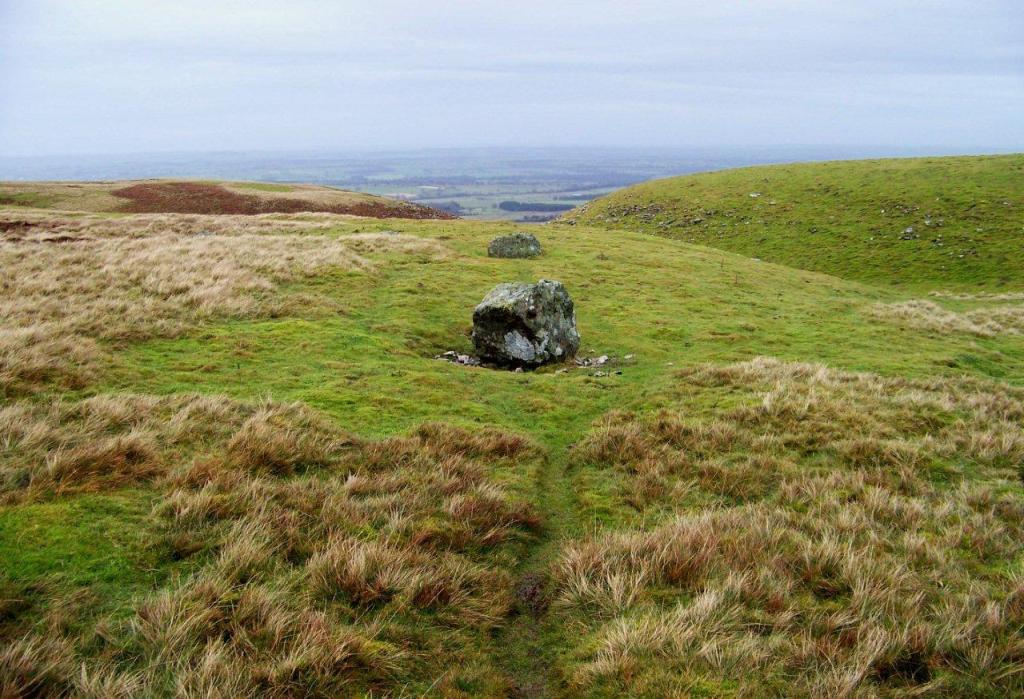





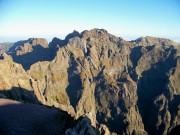

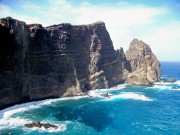
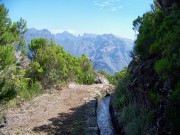
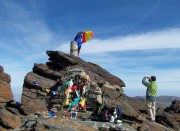

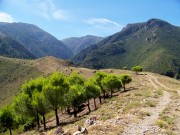
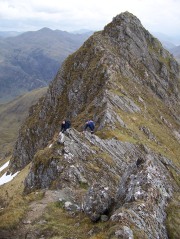
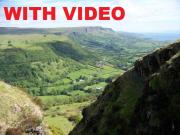
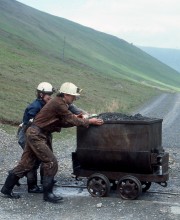
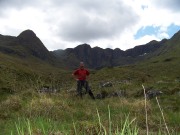

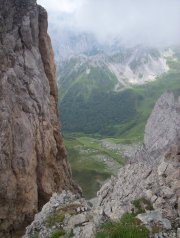
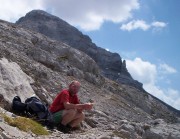
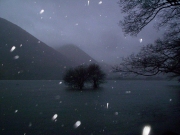
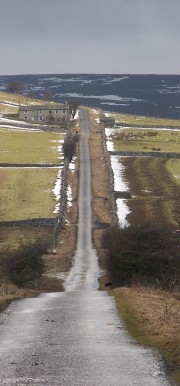
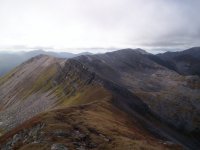
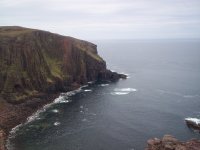

Great read, you should do it for a living
Thank you. If I thought it would pay the bills I’d have a bash at it.
yes Barningham is full of ancient places, great post, thank u, god bless you
Thanks for that. All the best.
Hi Alen,
Finally! something interesting to read over the festive period. Fascinating to read so I cant guess how great the stone circles & carvings are to find, a great insight to Barningham Moor – I wonder just how many folks just like I would – have wondered past the stones without realising there past & heritage?
Great report as always Alen.
Hi Paul. Good to hear from you. Yes, I enjoy doing this sort of stuff – but my body’s telling me I need a few hard mountains to shed some pounds. All the best for the New Year.
Alen
A great read Alen, it looks as if the place has got under your skin. These places did the same to our ancestors and they still do the same now. You have had similar thoughts as me regarding the stone in Osmaril Gill. As soon as I looked at the topography around it I wondered whether it was linked to water (the rings symbolising ripples in water when you throw a stone in). I also wondered whether or not the stone was a marker at the top of the slope and has moved down over the years. Must have a look across myself this week.
Hi David. Yes, I wondered if the slab had moved down. In fact, I’ve read it somewhere as well, on one of the sites I’ve linked to. Also, the standing stone depicted here ??? I’ve read that it was probably lying flat originally but has been put on end in recent times. Not that we’ll ever know what really happened. Only this week I saw pictures of similar carvings on stones in Ireland, so whatever they were depicting it was obviously widespread. I like the theory of the ripples.
Hi Alen. Just to add we went there today and found the new stone – all I can say is WOW. It’s covered over with moss/grass and after having a look and getting a few pics/vid we covered it again to protect it. We did cheat and used the GPS though. I will try and put up a few pics in the next few days.
Hi again David. Congratulations. I???ve been studying the map references on those websites and realise I???ve been a couple of hundred yards to the west of the stone. That???s a good argument for GPS. If you walked up Wash Gill through the grouse butts, which is where I was searching, you might have seen a few flat slabs with the turf kicked off them and hastily replaced (that wasn???t me, that was the grouse shooters cleaning their boots). I???m on late shifts for the rest of the week so I might zoom up there one morning. What I find intriguing about this is that there could be any number of carved stones lying just under the turf. I look forward to seeing your pictures.
You are dead right Alen the grouse butts are about two hundred yards west of the stone, its just off the footpath across the moor. If you walk across from the butts and reach a marker post on that footpath you have gone a little too far and will need to do a search of 20 to 30m or so back nnw. Good luck.
Just thought I would add a comment regarding the removal of turf by shooters cleaning their boots. I did notice this and wondered if people interested in the stones had actually been completely removing the turf from the stones which if this was the case would be worrying. I also noticed that one of the nearby stones had actually been blackened by heather burning, although I don’t know if the heat would be enough to cause damage. The stone you are interested in has lost some of the vegetation because a sheep track goes directly over the top (that’s probably how it was discovered in the first place). With erosion in mind it is probably worth mentioning that anyone finding the actual stone should not remove the thin layer of turf/moss completely, it is possible to gently roll it back where it is loose and then replace it but that is about all.
Hi David. I???ve been up there today and finally found the big stone. I must have passed within a few feet of it on one visit because I photographed the carved stone that???s next to the marker post on the footpath (see below). I wondered about the heather burning too. Some types of stone crumble when heated. I???ve also noticed that at least two of the stones are being used as feeding points ??? for grouse, I think ??? with blocks of white pellets placed on or near them:
http://becausetheyrethere.files.wordpress.com/2011/12/barny-10.jpg
Whereas this may not do them any harm, it certainly won???t do them any good and seems a bit irreverent. Finally, even with the turf peeled back the big stone is not as fully revealed as it is in some pictures I???ve seen on the internet. Nature is claiming it back swiftly. Some of the other stones, too, appear to be mossier now, in the pictures I took today, than in some pictures on the web ??? one in particular at NZ04990886. Mind you, that could just be my poor photography.
Brilliant, I am pleased you found it ok, it’s much easier to imagine how impressive some of the eroded ones must have been after seeing it. I did notice some stones were used as grit feeding points for the grouse and wondered if those that placed them there realised the significance of the markings. I assume that in for some pics the turf was completely removed by the (archaeologists?) recording the stones. The fact that some are being reclaimed by nature reinforces the comment you made earlier about the possibility of there being any number of stones hidden just under the turf. It would be a brilliant project to search the whole moor and then find and document those stones that currently lay undiscovered. There would probably be a lifetimes work on this moor alone.
Any proximation on the date of these carvings? The cup on this post and the deeper ones you showed earlier intrigue me. I have found something similar here on the Big Island of Hawaii and in the southwestern states of the U.S. many times circles within circles. I’ll post some in the near future. Meanwhile…keep searching.
Hi. The cup and ring markings date from the Bronze Age and are considered to be about 3,000 years old. They are widespread throughout Britain ??? particularly in the upland areas ??? and have been found in Ireland and elsewhere. The standing stones in the stone circles are thought to be older and date to the late Neolithic period, though there will have been some overlap between the late Neolithic and early Bronze Age. I???ll keep an eye on your blog because it???s a fascinating subject. Cheers.
Alen, you may have found this blog already, but if not it is worth a read. His past two posts have been like yours. He’s found ancient rock art etc. http://cedarandsand.blogspot.com/
Thanks for that Greg. I hadn’t seen it before. It’s certainly interesting and well worth a look.
Fascinating – I’m always wanting to learn more, especially about the importance of place/landscape, of the peoples who chose these sites.Where I live (Basque Country) you also frequently see alignments of monuments with certain significant mountains for example. Also menhirs in the vicinity of sink holes. If you have a moment do you have any good book recommendations on this subject? My only input really has been a couple of books by David lewis Williams & also an interesting collection of works called “Monuments & landscapes in Atlantic Europe” edited by Chris Scarre. A very interesting blog.
Thanks for that, Sonya. It’s fascinating to learn that similar monuments, alignments and associations exist in other places. I can’t recommend any books, unfortunately. But there are many reliable internet sites, most of which have something to offer.
Regards, Alen